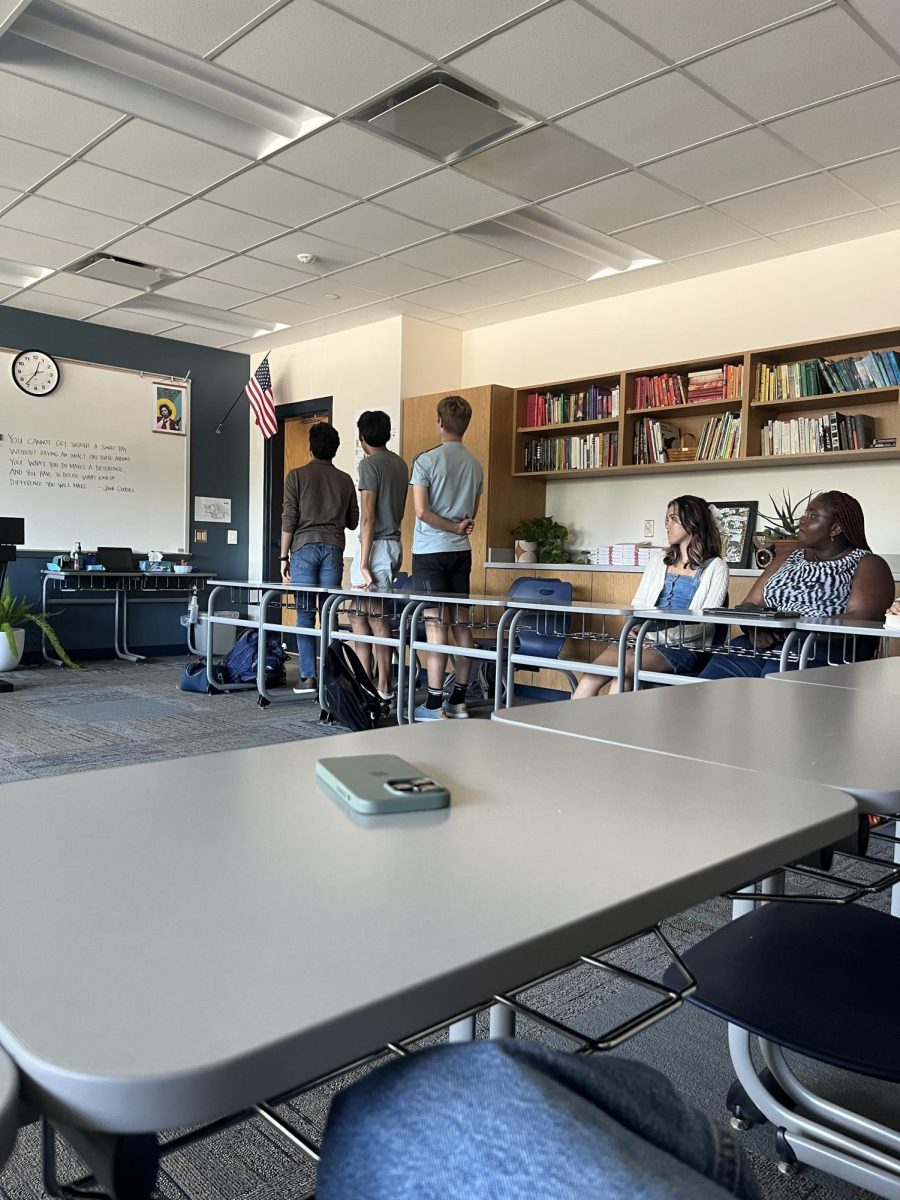Instilling fear is an easy path for weak leaders to gain a following. For President Trump, it’s how he is garnering support for his agenda for the United States.
On March 20, 2025, President Donald Trump signed an executive order into place dismantling the Department of Education (with approval from Congress). Trump directed the current Secretary of Education, Linda McMahon, to “take all necessary steps to facilitate the closure of the Department of Education and return authority over education to the States and local communities.”
The states, however, have always had control of their educational policies. In Iowa, for example, the state legislature controls everything down to the curriculum schools teach, the amount of hours, teacher certifications and educational policy.
So while Trump’s policies aim to return control to the states is in an attempt to shift power, in reality it is having even greater effects than that. Along with assisting states with their education goals, the federal government also helps to pay for schooling and specifically helps people who rely on federal student loans and financial support in order to even consider going on to further their education while being affected just as much.
When applying for colleges, many admissions counselors encourage families to apply for the Free Aid for Federal Student Action, or more commonly known as the FAFSA. The FAFSA helps families who have a low income send their children to school through aid. The FAFSA was established in 1665 under the Higher Education Act to support American Families.
Every year, Federal Student Aid, an office within the Department of Education, gives $120.8 billion in a variety of ways to students. This includes grants, work-study and loans for those families that need it most.
As seniors around the country celebrate deciding their future schools, they are struck with fear and uncertainty. “It’s going to be tough getting through college without the DOE. College students depend on DOE for student loans and other aids. With no DOE, we would get barely any funding for college and we would have years of debt to pay off,” says senior Ryan Pottratz.
While The Department of Education is primarily run at the state and local level, the federal government provides the extra help needed to ensure that schools can accomplish their goals. With Trump signing an executive order to dismiss the Department of Education, it ruins the chances for states to completely be able to support their schools.
In Iowa, schools such as Pleasant Valley or Bettendorf won’t be affected nearly as much as schools in small rural areas. These smaller schools don’t bring in nearly as much money via taxes as large,suburban schools. This sets these schools back from being able to accomplish all their schools but also keeps the students’ materials updated and the schools in a refurbished state.
With the future of education within the United States on rocks, it leaves students in years at a disadvantage due to the lack of funding and access to the resources necessary. “I don’t know what they (states) are going to do with no federal funding. Students will be set back in the future and might not be able to get the chance to have an education,” says senior Maylasia Hall.
Even though the states have always been in charge of education, funding cuts force programs to be shut and opportunities for students to become even more sparse. Pottratz recognizes the issues that diminishing the Department of Education can have leaves all with a sense of uncertainty. “This could set back future students by not giving them the same educational opportunities that’s we’ve given everyone for decades.”















